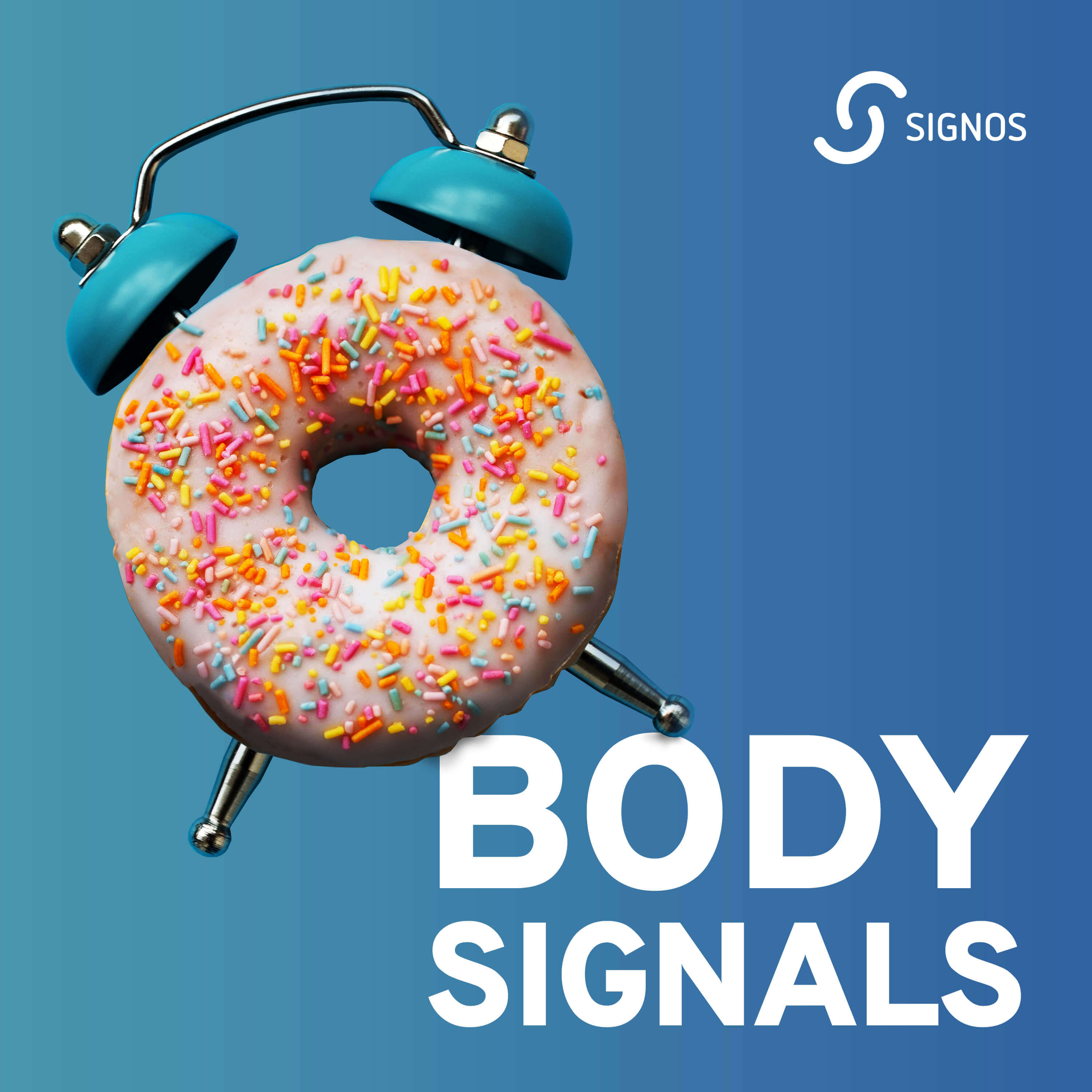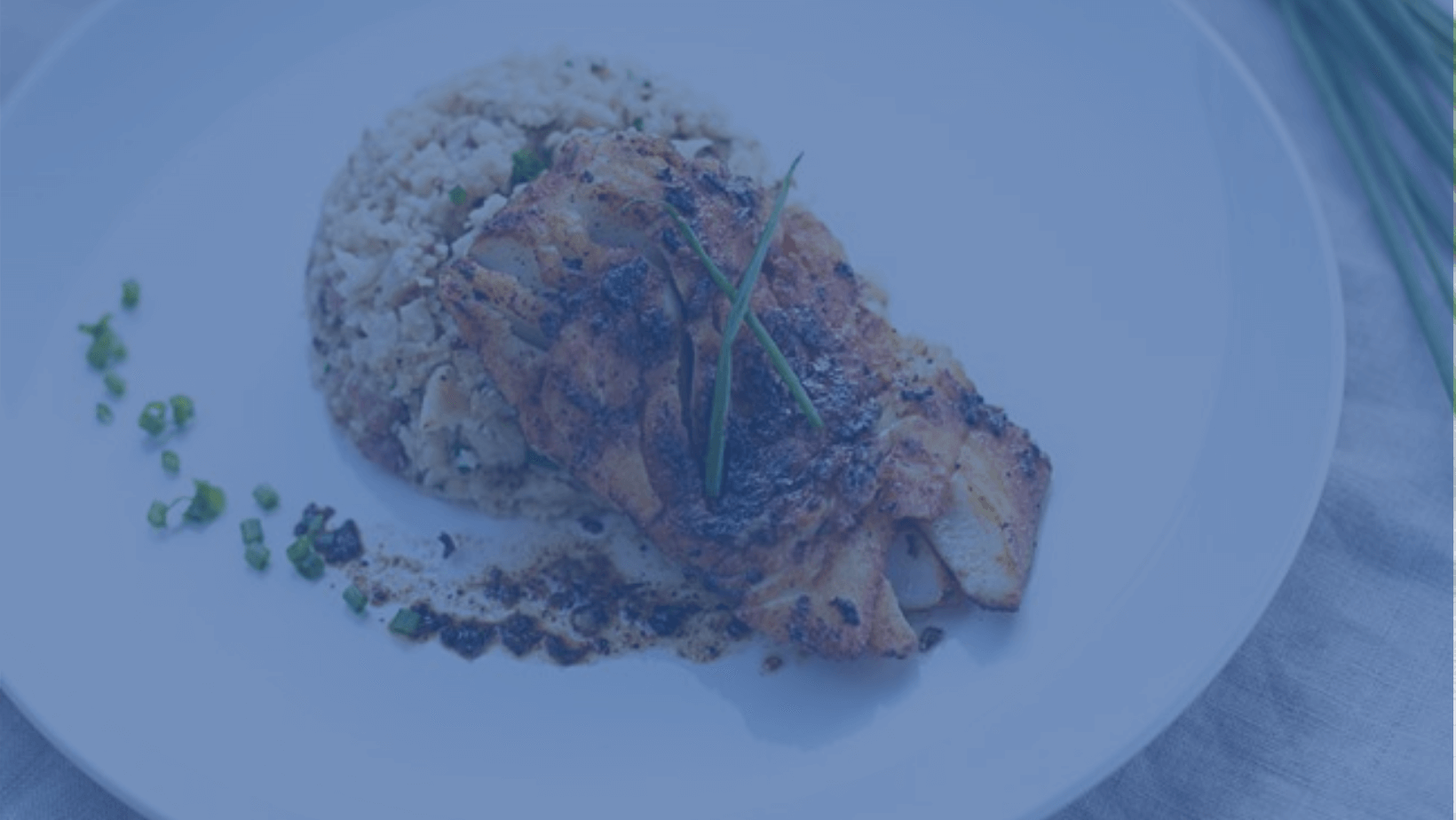Fiber is a crucial component of a healthy diet, often referred to as nature's broom due to its role in promoting digestive health. Found abundantly in fruits, vegetables, whole grains, and legumes, fiber is the indigestible part of plant foods that passes through our digestive system, aiding in regular bowel movements and preventing constipation. Beyond digestive health, fiber plays a pivotal role in maintaining overall well-being by helping to regulate blood sugar levels, lower cholesterol levels, and support healthy weight management. Despite its numerous benefits, many people need more than the recommended daily fiber intake. Individuals can make significant strides toward a balanced diet by opting for high-fiber snacks.
{{mid-cta}}
What Is Fiber?

Dietary fiber is the indigestible part of plant foods that passes through our digestive system relatively intact. It comes in two main types: soluble and insoluble. Both types of fiber are essential for a balanced diet and contribute to overall digestive health, making it important to incorporate various fiber-rich foods into your daily meals and snacks.
Soluble fiber dissolves in water, forming a gel-like substance in the digestive tract. This type of fiber can help lower cholesterol levels by binding to cholesterol particles and promoting their excretion from the body. Soluble fiber also helps regulate blood sugar levels by slowing down the absorption of sugar into the bloodstream, making it beneficial for individuals with diabetes or those at risk of developing the condition.
Insoluble fiber, on the other hand, does not dissolve in water and adds bulk to the stool. It promotes regular bowel movements and prevents constipation. It also helps maintain bowel health by speeding up the passage of food and waste through the digestive system.
How Much Fiber Do You Need?
The recommended daily fiber intake varies based on age, sex, and overall health. However, as a general guideline, adults should aim for 25 to 30 grams of fiber per day from food sources. This amount can be achieved by including fiber-rich foods in your meals and snacks. Please note that it’s important to increase your fiber intake gradually and drink plenty of water. You should not jump from an average of 5 grams of fiber per day to 30 grams per day overnight. It’s best to make this shift over a few weeks to help prevent digestive discomfort.
<div class="pro-tip"><strong>Also Read: </strong><a href=symptoms-of-too-much-fiber>Too Much Fiber? What to Do to Ease Fiber Overload Symptoms</a>.</div>
10 High Fiber Snacks

Here are ten delicious options to keep you satisfied and nourished throughout the day. Whether you are craving something sweet, savory, or crunchy, these high-fiber snacks are perfect for increasing your fiber intake.
- Apple Slices With Almond Butter: Apples are a good source of soluble fiber, and almond butter adds healthy fats and protein.
- Carrot Sticks With Hummus: Carrots are rich in insoluble fiber, providing protein and healthy fats.
- Berries With Greek Yogurt: Berries like strawberries, raspberries, or blueberries are high in fiber and antioxidants, while Greek yogurt adds protein.
- Whole Grain Crackers With Avocado: Whole grain crackers provide fiber, and avocado offers healthy fats and additional fiber.
- Edamame: These young soybeans are a great source of fiber, protein, and various nutrients.
- Chia Seed Pudding: Chia seeds contain fiber and omega-3 fatty acids. Soak them in almond milk or yogurt for a delicious pudding consistency.
- Popcorn: Air-popped popcorn is a whole grain high in fiber. It’s especially healthy when lightly seasoned with salt or nutritional yeast.
- Mixed Nuts: Almonds, walnuts, and pistachios are high-fiber wild, providing healthy fats and protein.
- Oatmeal: Plain oatmeal made with water or milk is a fiber-rich whole-grain option.
- Roasted Chickpeas: Chickpeas are high in fiber and protein. When roasted with spices, they make for a crunchy snack.
These snacks provide a good amount of fiber and offer a range of other essential nutrients, making them excellent choices for maintaining energy levels and balancing blood sugar.
The Bottom Line
Choosing high-fiber snacks offers a multitude of health benefits that go beyond just satisfying hunger. Fiber-rich snacks, such as fruits, vegetables, whole grains, legumes, nuts, and seeds, contribute to digestive health by promoting regularity and preventing constipation. Soluble fiber found in oats, beans, and fruits helps lower cholesterol levels and regulate blood sugar, which can reduce the risk of heart disease and diabetes. Insoluble fiber, abundant in vegetables and whole grains, adds bulk to stool and supports healthy digestion. A fiber-rich diet also promotes a feeling of fullness, making it easier to manage weight by reducing overall calorie intake. Moreover, the diverse fiber sources support a balanced gut microbiome, which is linked to improved immune function and overall well-being.
Making healthier snack choices doesn't have to be daunting; small changes can lead to significant improvements in health. Opt for whole foods that are minimally processed and rich in nutrients, like fresh fruits and vegetables, whole grains, and lean proteins. Choose snacks that combine macronutrients—such as protein, healthy fats, and complex carbohydrates—to keep energy levels stable and cravings at bay. Incorporating various colors and textures into your snacks ensures you get a wide range of vitamins, minerals, and phytonutrients.
Learn More About Healthy Nutrition With Signos’ Expert Advice
Choosing fiber-rich foods can improve your overall health and well-being. Getting the right amount of nutrients can seem challenging, but Signos’ experts are here to help. Our science-based approach to nutrition and healthy habits can give you more energy, help you lose weight, and improve your health. Click here to learn if Signos is the right fit for you.
<div class="pro-tip"><strong>Learn More: </strong><a href=high-fiber-low-carb-foods>The Ultimate List of High-Fiber, Low-Carb Foods</a>.</div>
- Item 1
- Item 2
- item 3


.jpg)





























